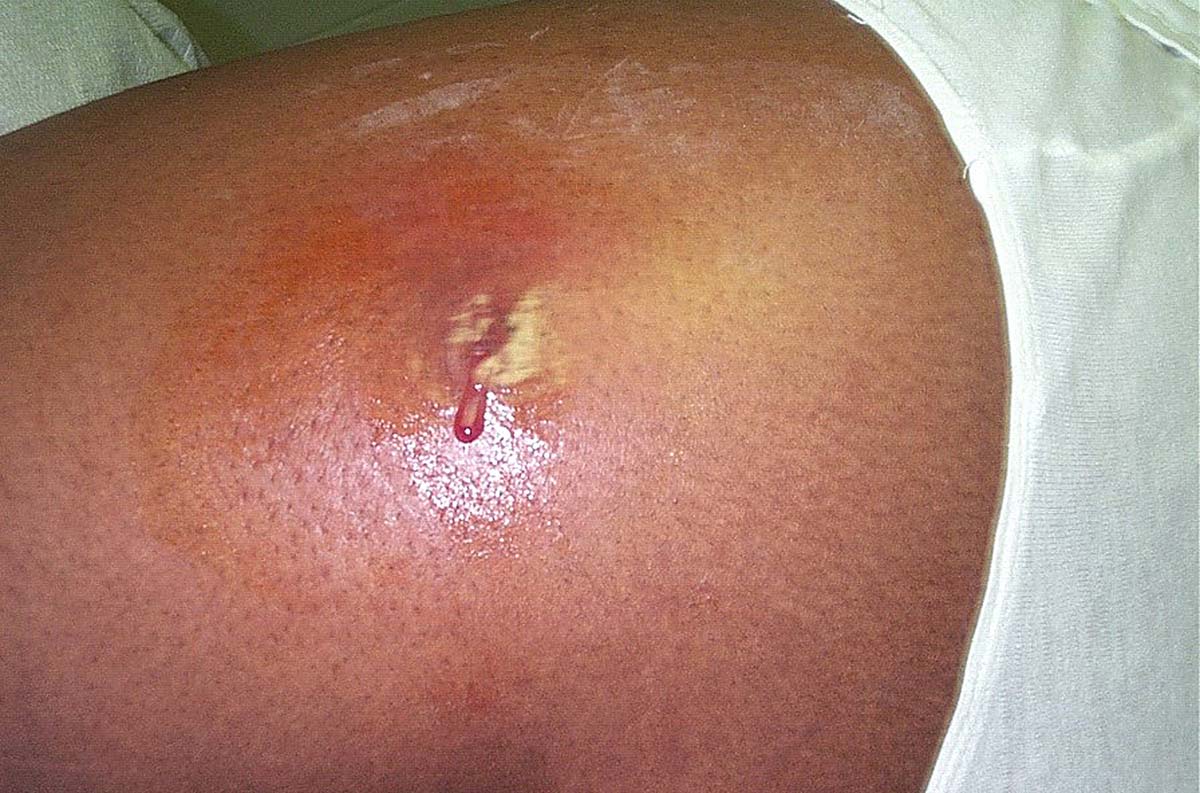
Information on Bumps
Anyone can have lumps or bumps at various locations on the body but in most cases they are virtually harmless and that can be said even for those that tend to be painful at times.
One should visit the doctor just to make sure that bumps do not indicate certain types of infections or some other serious medical conditions. Bumps may be indications of boils, acne or insect bumps, but if they indicate a slightly more serious disease such as shingles they require immediate medical attention so that the doctor may determine a proper treatment for the condition.
Different Types and Treatment
Nodules are among the most common bumps that a person can experience. They can be quite large and hard and they are usually triggered by acne located under the skin. Nodules can be very painful, and sometimes, they can last up to a few months. In some cases, nodules may leave the person scarred.
They should not be squeezed because that way a skin may be exposed to a trauma and the condition may be prolonged. Dermatologists usually treat nodules with cortisone because it is very efficient in reducing the swelling and preventing the scarring. Cysts are very similar to nodules and they have a diameter of only a few millimeters. They are filled with pus, and just like nodules, they can be rather painful and in some cases they may leave scars once they disappear.
Once again, squeezing is not recommended because it may lead to severe pain, infections and severe inflammatory conditions. Cysts require the same treatment as nodules. They need to be treated with cortisone shots. Boils get formed when certain types of bacteria infect a hair follicle so a pus filled bump gets formed under the skin and it can be rather painful. Sometimes the boils get into clusters which are known as carbuncles. They rupture and get drained all by themselves.
Boils can be treated at home by soaking a warm towel in salt water and then applying it topically to the affected area. Antibiotic medications can also be helpful with the condition.
Squeezing is not recommended and the affected area should be covered with a bandage. Severe cases require immediate medical attention and they usually need to be treated by an incision in order to drain the infection.
Most insect bites are harmless and they may include minor swelling, stinging sensations and itching. Serious reactions may include nausea, shock, abdominal pain, facial swelling and difficulty breathing. Shingles involve fluid-filled blisters, tingling, pain and burning sensations. The condition needs to be treated with certain types of antiviral medications.




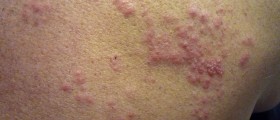

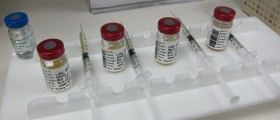

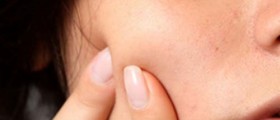
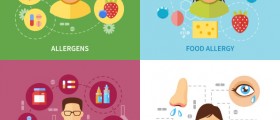


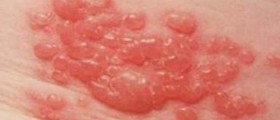

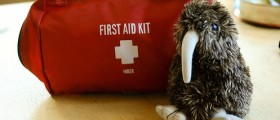
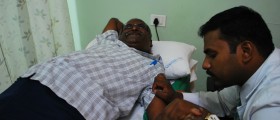

Your thoughts on this
Loading...